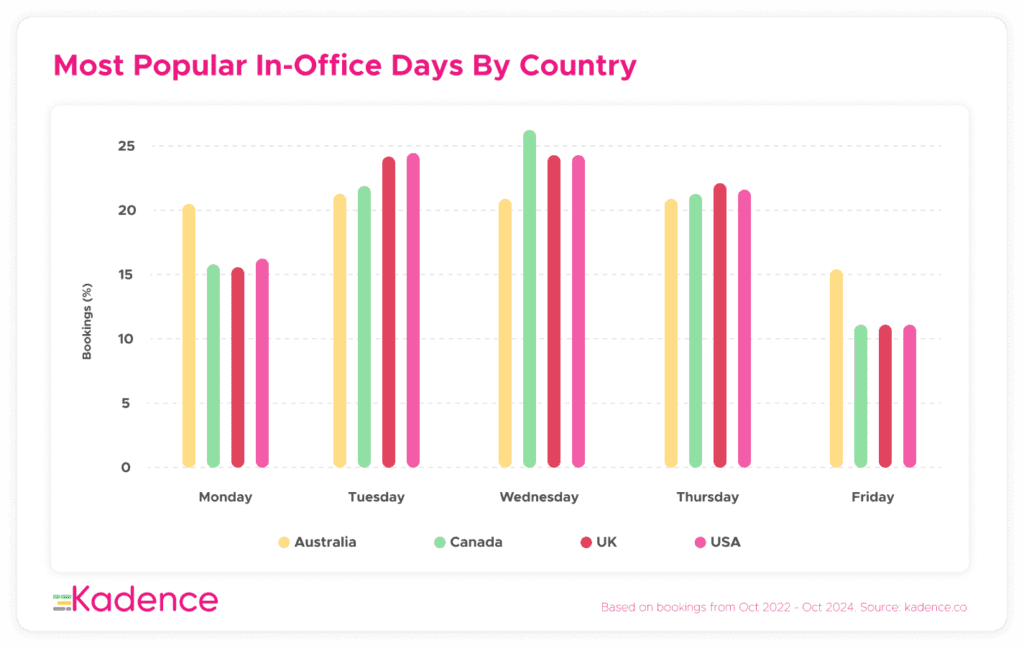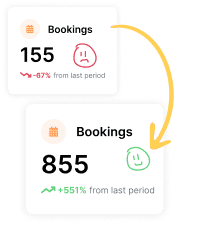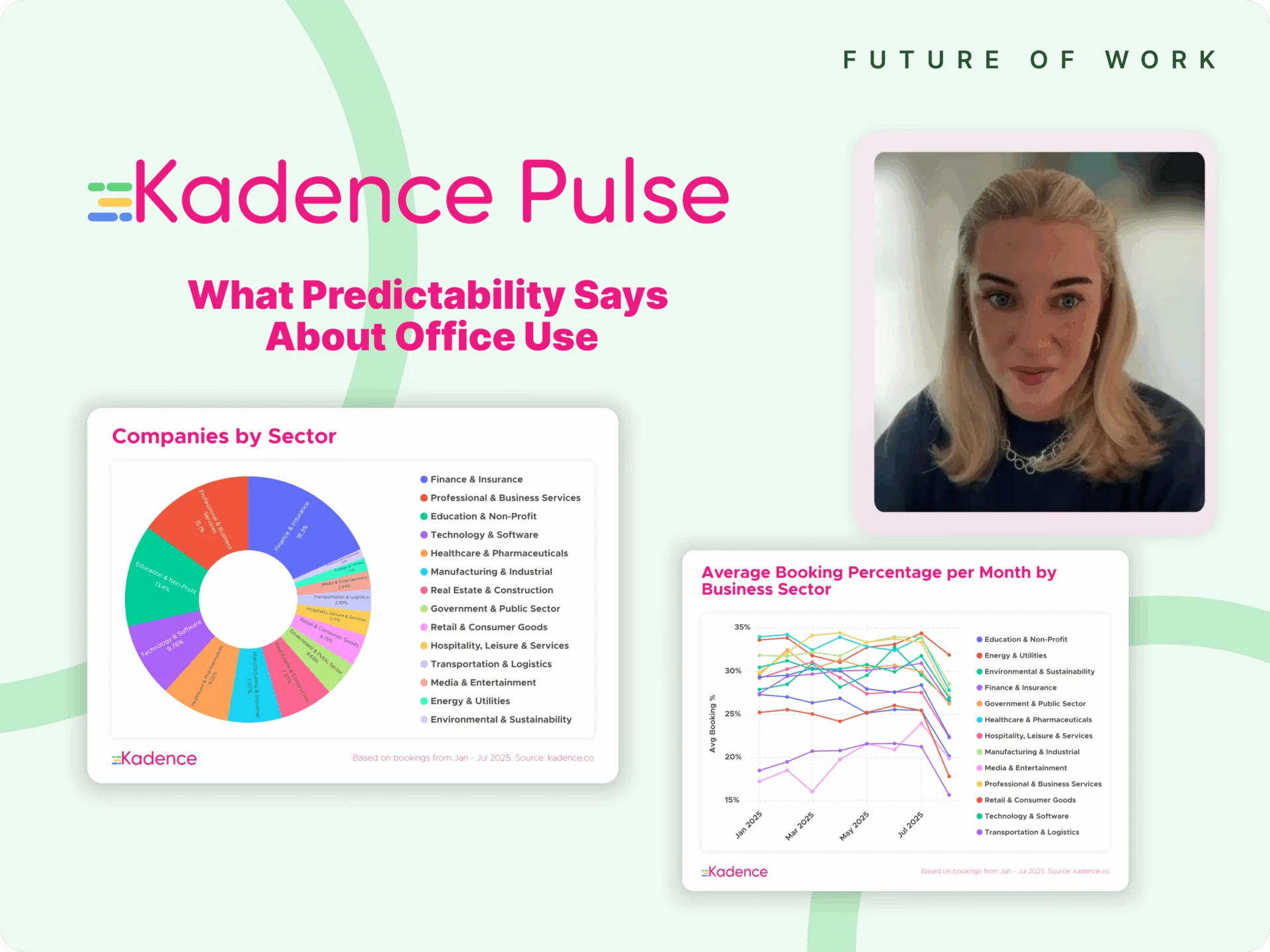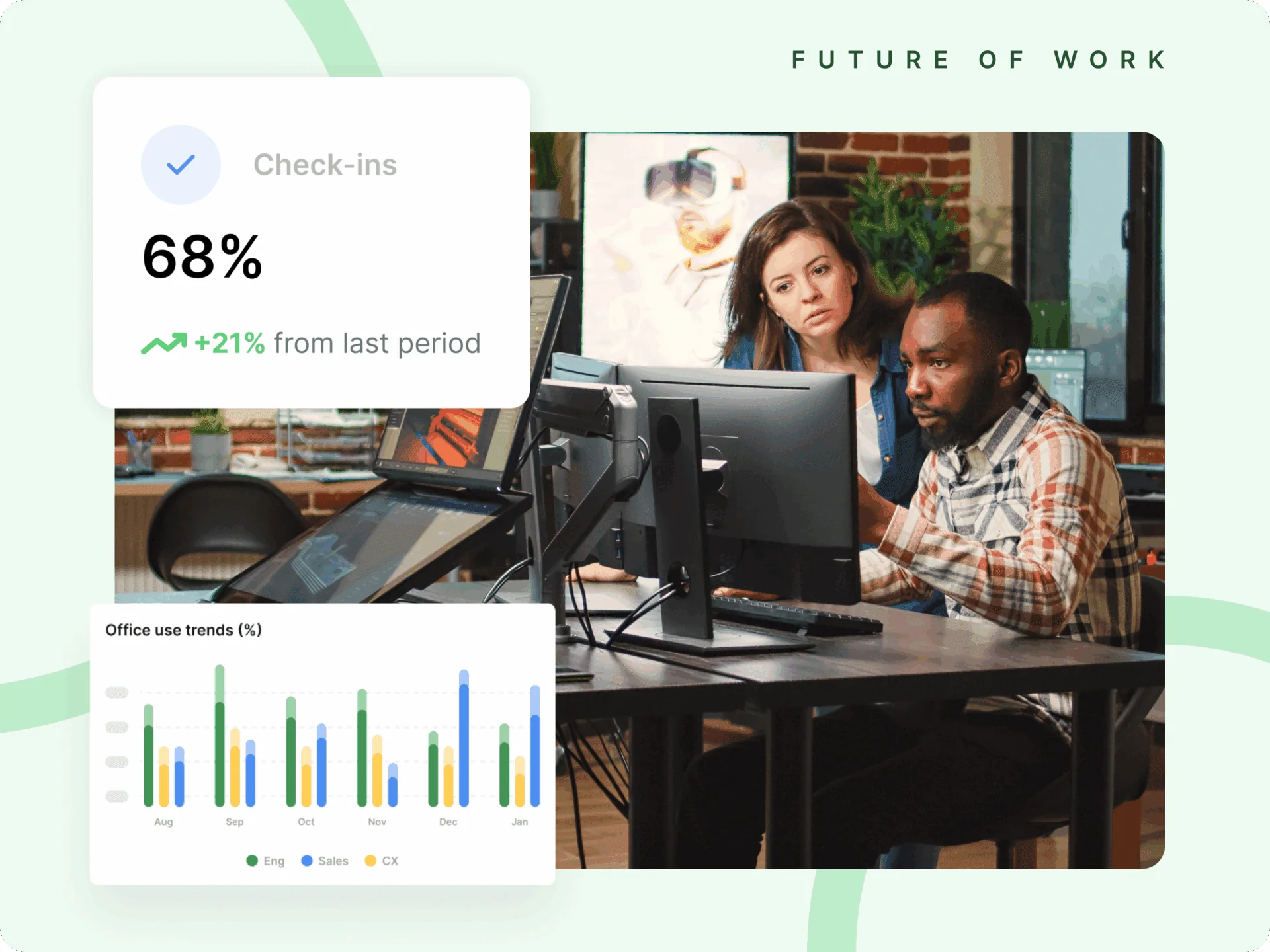There’s a new pattern emerging in the City of London—one shaped less by sweeping return-to-office mandates and more by subtle shifts in rhythm.
This week, Panmure Liberum joined Deutsche Bank in asking employees not to work from home on both Mondays and Fridays. UBS has asked for either—or both—of those days to be part of the office routine. Peel Hunt and Man Group have gone further, with four and five-day requirements, respectively.
These changes signal a recalibration—not a retreat—from hybrid work. “We’re trying to avoid completely empty office days,” said one banker, referencing the post-pandemic practice for employees to come into the office Tuesday through Thursday.
The term may be flippant, but the underlying concern is real: companies are looking to smooth the weekly curve in office attendance. Tuesdays, Wednesdays, and Thursdays have become peak days for collaboration, while the bookends of the week remain largely quiet.

And this matters—not because offices need to be full, but because office rhythm impacts everything from resource planning to morale.
A Return to Routine, Not the Past
It’s tempting to interpret these moves as a return to old habits. But the data tells a more nuanced story.
That feature isn’t fading. UK employees still work from home an average of 1.8 days a week—well above the global average. And 90% of companies in London still offer hybrid working.
So rather than ending hybrid work, companies like Deutsche Bank appear to be shaping it more deliberately.
The Real Tension Isn’t About Days
What’s emerging is a tension between predictability and autonomy. Employers want smoother patterns. Employees want flexibility. Both are valid—and both point to the need for better coordination tools, not stricter policies.
Some firms are finding creative ways forward. Barclays has moved 100 employees to a Shoreditch coworking space originally designed for fintechs. Others, like HSBC and BlackRock, are grappling with space shortages caused by earlier downsizing.
It’s a reminder that office design, team planning, and culture-building are now inextricably linked.

A More Human-Centered Office
Underneath all the headlines, the real question isn’t “how many days?” Big names like Deutsche Bank and UBS could be asking “what makes it worth coming in?”
Firms like Deloitte and KPMG are using flexible policies to attract and retain talent. Others are quietly tightening rules. But even among the most traditional institutions, the conversation has shifted.
Attendance isn’t the goal. Engagement is.
At Kadence, we see hybrid not as a compromise, but as a canvas. The best teams aren’t just managing schedules, they’re designing intentional moments of connection, rhythm, and presence.
That might be the most important recalibration of all.
Looking to create more rhythm, connection, and clarity in your hybrid strategy? Book a demo with our hybrid experts.





